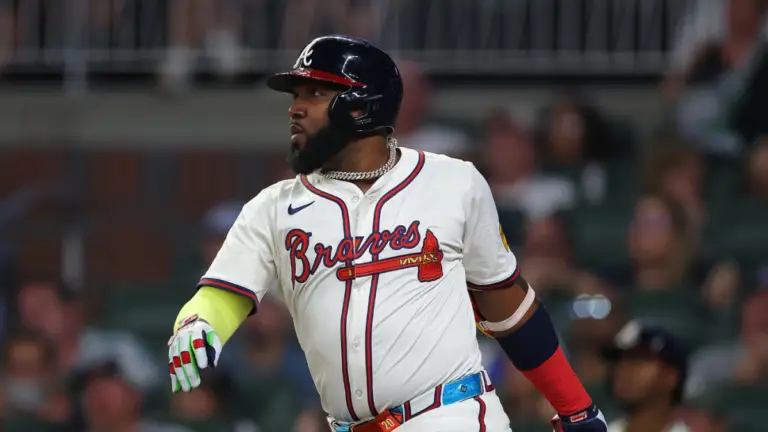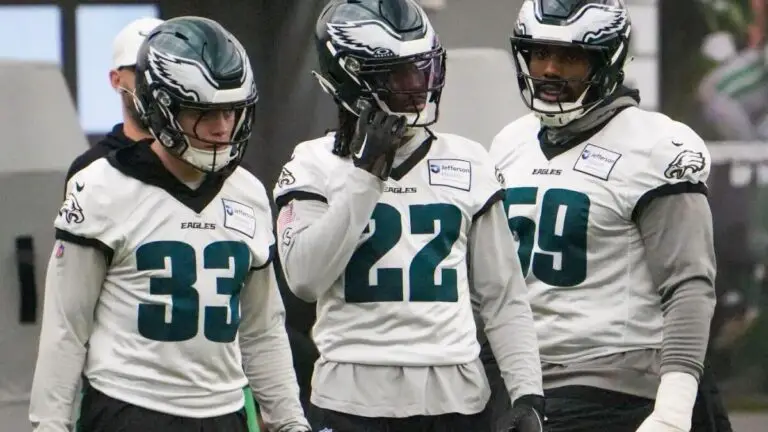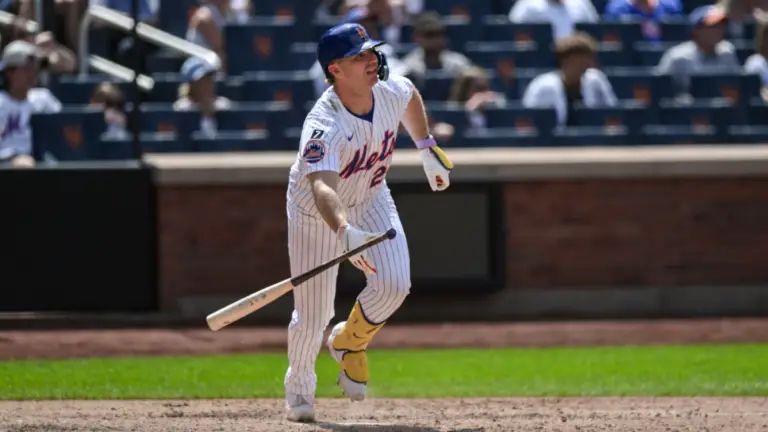
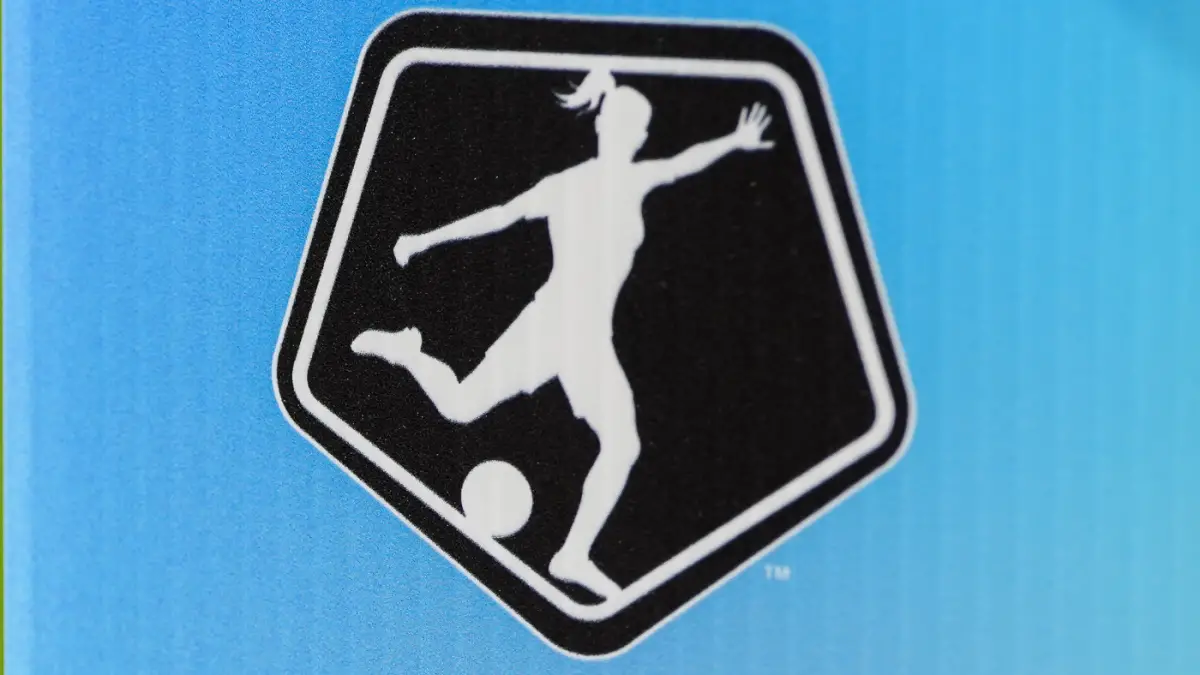
NWSL submits application to U.S. Soccer for launch of Division II league starting in 2026
NWSL submits application to U.S. Soccer for launch of Division II league starting in 2026
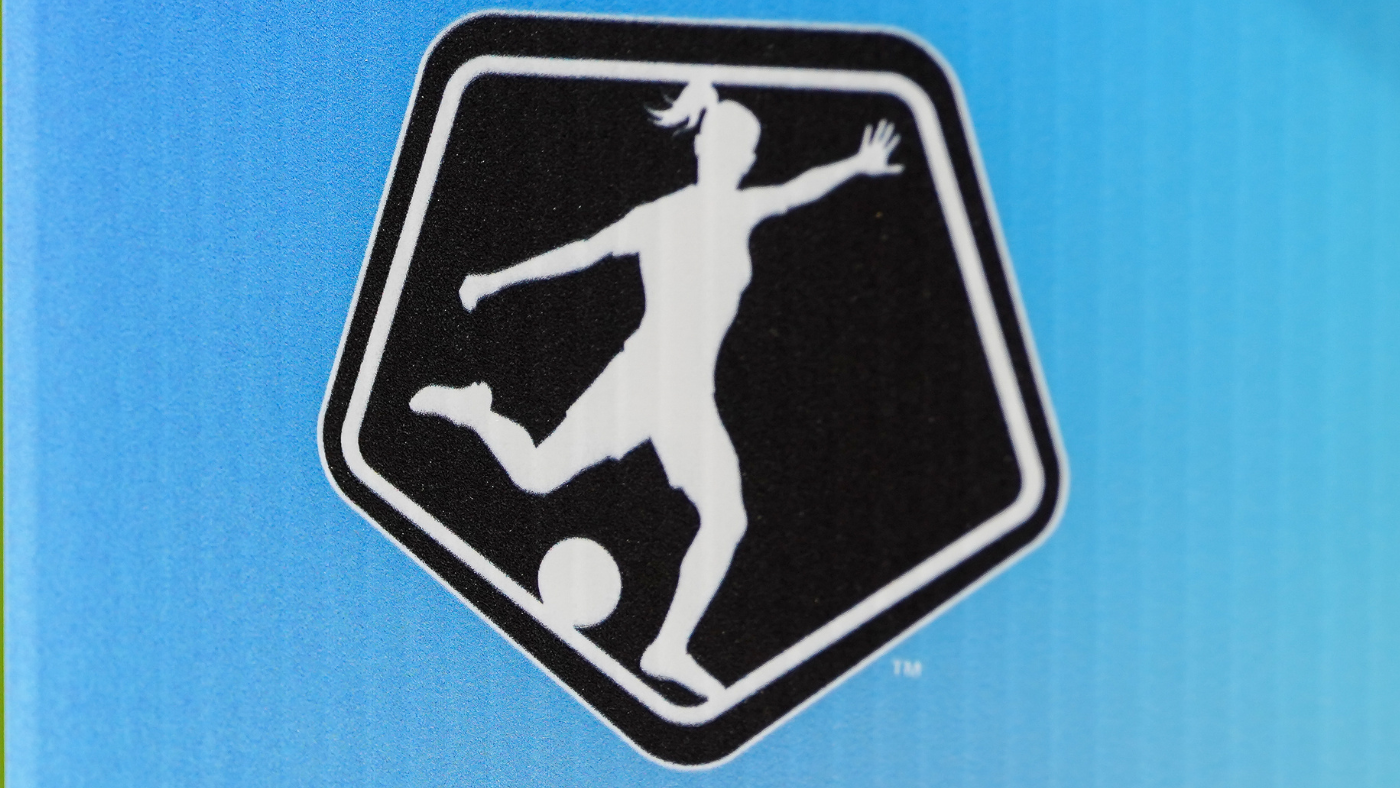
The NWSL has submitted an application to US Soccer to launch a division II competition in 2026 with the intention of promoting players’ development, which marks the latest development in the evolving lower Lague Club landscape in women’s football in the United States.
In documents obtained by CBS Sports, the application was submitted on 1 April with a letter of six pages signed by NWSL commissioner Jessica Berman who was submitted to the American football CEO and Secretary-General JT Batson. In the letter, Berman compares the proposed II-competition division with the Minor League baseball system and writes that it is “absolutely necessary for NWSL to create a robust pipeline for world-class athletes to feed it [existing Division I league’s] Explosive growth. “The Division II competition is described as a transitional space between the college game and the professional game, a true young players can experience the” technical, tactical and mental requirements “of top football.
The NWSL has drawn up eight affiliated teams from its existing division I competition for the inaugural season of the Division II League – Bay FC, Kansas City Current, North Carolina Courage, NJ/NY Gotm FC, Orlando Pride, Racing Spirit. The II teams division are planned to play in the same stadiums as the corresponding Division I teams play and will participate in a traditional, double round-Robin competition where they play every team at home twice. There will also be play-offs at the end of the 14-game regular season, whereby the number 1 team opposite the number 4 team and number 2 no. 3. The winners of those competitions will then be confronted in the champion match.
The league confirmed the proposal in a following statement to CBS Sports: “The National Women’s Soccer League has formally submitted an application and supporting documentation for a new Division II league to the United States Soccer Federation. As a global leader in the women’s soccer landscape both on and off the pitch, the NWSL and Member Clubs Are Committed Sport in Meaningful Ways.
By engaging existing NWSL teams, the Division II competition full of the criteria of American football is satisfactory. The federation requires at least six teams in the first year of a II competition division and eight in year three, while 50% of the teams must be in a metropolitan area with a population of 500,000-plus and the stadium capacity must be at least 2,000. Each of the eight teams mentioned for the inaugural season of the Division II competition of the NWSL exceeds both the population and the stadium requirements.
Of all Division I teams, they are expected to form a affiliated team within the first four years, a point where the NWSL will have at least 16 teams in Boston and Denver will have their inaugural seasons in the NWSL next year. Teams that are not affiliated with the NWSL are also welcome to become a member of the II competition at a certain moment.
The second layer will also serve as a room for clubs to build rusty depth with the college concept that has now been abolished, developing a path for player development and a place for injured players to appear in rehabilitation matches to go back to the game form before being re -assigned to the Division I team. The same can be applied for coaches, referees and Front Office staff to sharpen their own skills. The NWSL also identifies the Division II League as “a test area for creative marketing strategies to grow the fan base of the women’s game.”
Moreover, these teams of the Second Division would be able to play international exhibitions against teams from outside the competition, and participate in international tournaments for which the clubs can be eligible.
The ever -changing women’s football pyramid
The II division is modeled to serve as a reserve competition, which is quite common in the sports landscape. The NWSL mentioned baseball as an example, but can also pull from others into the football landscape-most MLS teams have a team-oriented team in MLS Next Pro, a third class in the American men’s football pyramid. There is a similar arrangement in Europe, where many clubs have reserve teams that also play in lower competitions.
Although that template for increasing the prospects to become successful professionals has been part of the global sports landscape for some time, it is less common in women’s sports due to historical under -financing. There is currently no official Division II women’s football competition in the US, although the WPSL Pro has announced plans last week to launch as a division II competition. WPSL Pro is supported by the Women’s Professional Soccer League, an amateur organization that was originally planning to classify their new competition as Division III. That announcement came not only with improved status, but also a new support from Cleveland Soccer Group, who previously claimed to win an NWSL expansion team.
The WPSL Pro, which is also planning to start playing in 2026, is currently waiting for the sanction of American football and would match the NWSL Division II League if both get the all-clean. It is not unprecedented for American football to punish multiple competitions in the same division-the USL and the nowed Nasl both division II status at a certain moment in the men’s football pyramid, while the women’s football pyramid currently have two division I-Leagues, the NWSL Super League. The USL is also planning to launch USL Division One in 2027, a second division I competition in the men’s pyramid, while MLS already has that designation.
Youth development: the next border
The NWSL is now in a period of rapid development that is powered by the increased attention and investments in women’s sports and has used that momentum to make major updates for the recruitment rules of players, such as an increase in international schedules and the abolition of the college Draft. The resources that are now available for the competition and its teams also enables stakeholders to tackle long -term issues on player development, something that Commissioner Berman teased on the NWSL Media Day in January.
“The resources that our clubs need to make their exploration processes more advanced, it has really created an important dialogue at our level of board about investing the path to Pro, which I think will be the next chapter of the growth of this competition,” said Berman. “It goes a bit hand in hand with the idea of not having a concept and having a completely free agency that you have to strengthen the basis of your strategy to bring talent into the competition and we have ideas and plans about how we are going to phase that in the growth of the competition and this country has a huge amount of talent, more talent than any other opportunity to use a huge opportunity.”
Various stakeholders in the women’s football landscape have spent more interest in insuring roads for young players to become professional in recent months. The list contains the American national team head coach Emma Hayes, who starts using the U-23 team as a sort of reserve team for the senior team, and to a greater extent Michele Kang, the billionary owner of the Washington Spirit who made a donation of $ 30 million to the American football in November in November in November in November.

